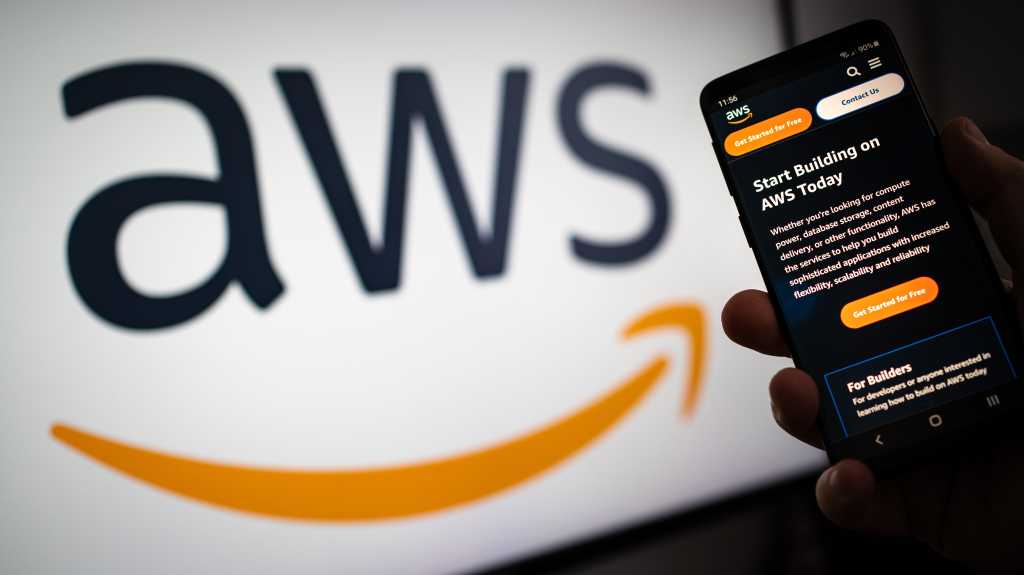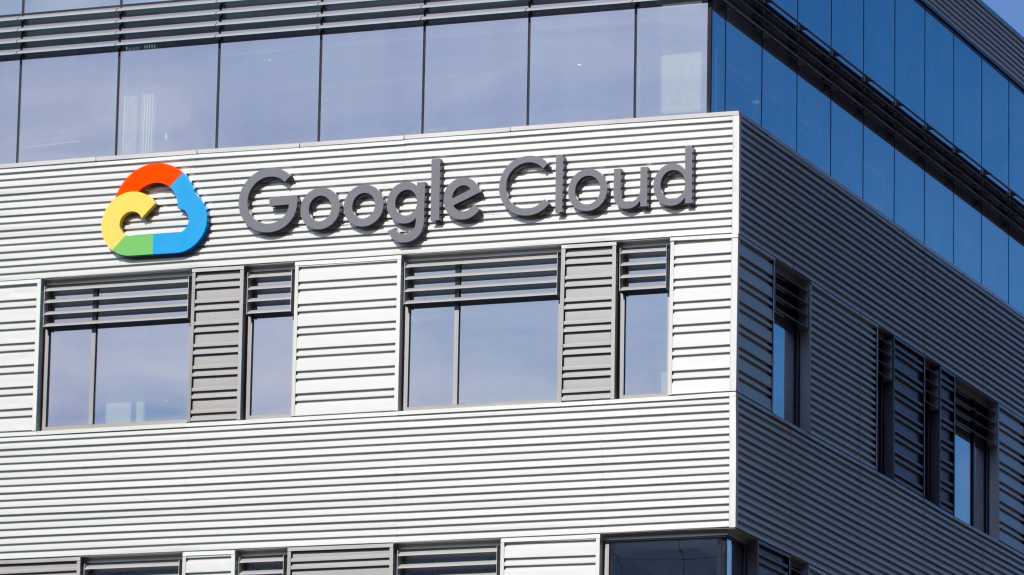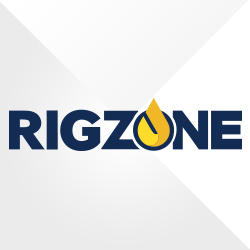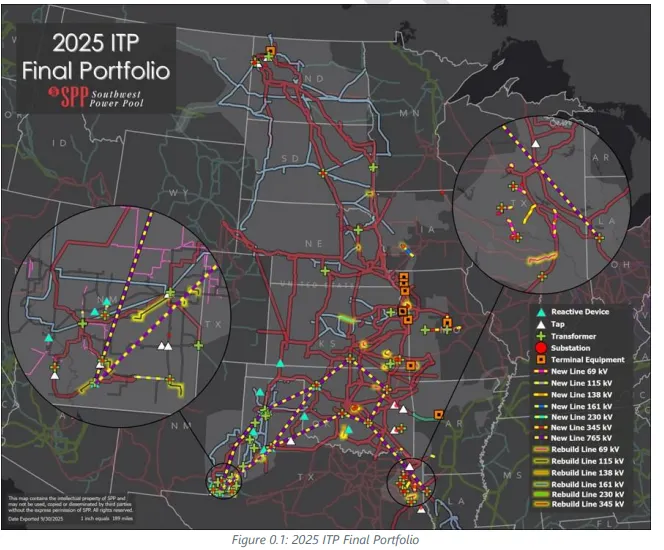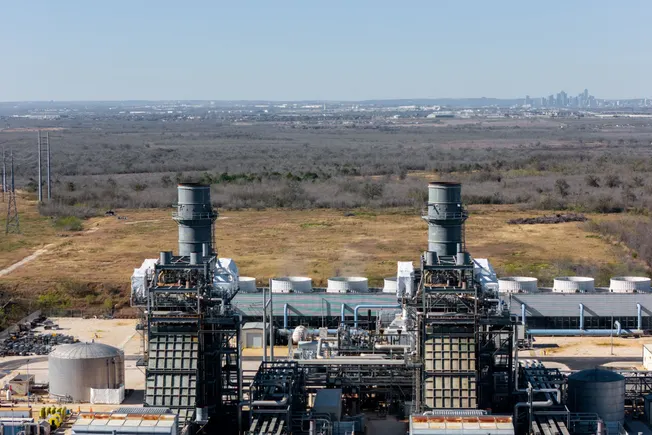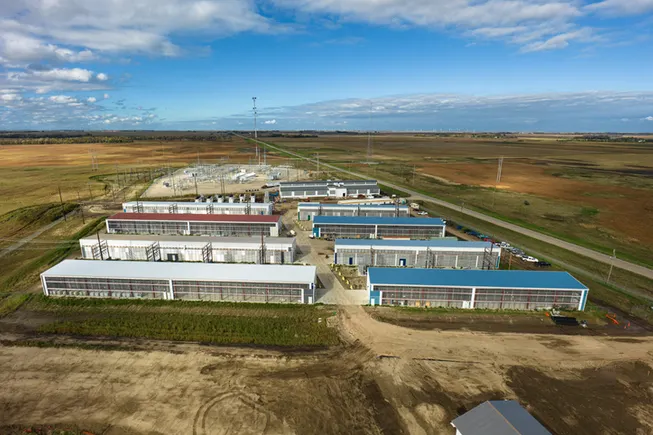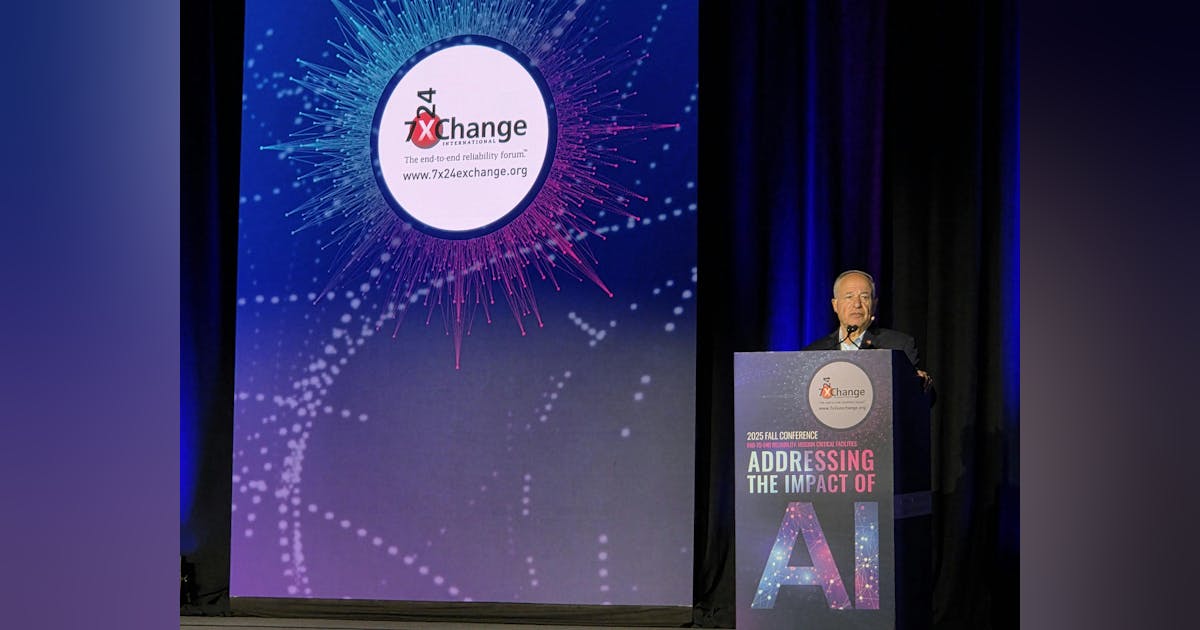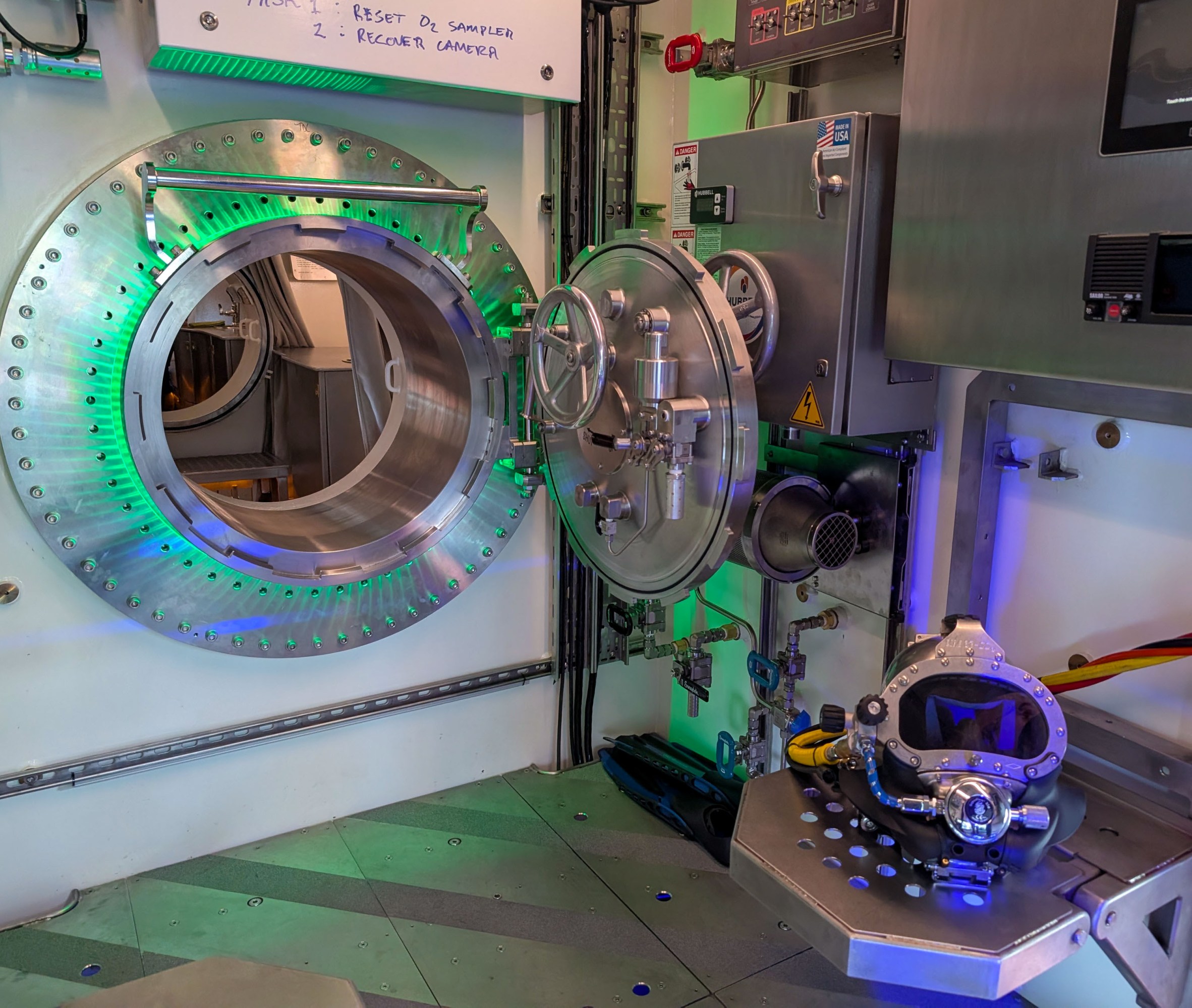The UK is making great strides in decarbonising its energy system. But to achieve net zero, a leading risk and assurance business believes the country needs to build on three structural trends.
DNV, an independent expert in assurance and risk management, warns for the third year that the UK will not meet its 2050 net zero target, based on the country’s current approach to decarbonisation.
In its 2025 Energy Transition Outlook (ETO) report, DNV expects the UK’s annual emissions to amount to 145 metric tons of carbon dioxide equivalent (MtCO2e).
While that’s a significant 82% reduction compared to 1990 levels, it will not meet the UK’s legally binding net zero target by 2050.
The transport and building sectors are seen to be the major contributors to the total energy system emissions in 2050.
This is linked to the slow adaptation of heat pumps to reduce reliance on gas boilers in homes. Based on current costs and subsidies, DNV forecasts that by 2035, only 4 million heat pumps will have been installed. Meanwhile 24 million or 75% of homes will still be using gas heating.
DNV also predicts that in a decade’s time, nearly 60% of passenger cars will still be powered by fossil fuels. It will take significant time to replace the vehicle stock, even with the current incentives to promote electric vehicles (EVs) and the expected cost reductions for them.
Looking on the bright side
But Hari Vamadevan, regional manager of the UK & Ireland’s energy system team, chooses to look on the bright side. He says: “There is more detail of progress than just failing to meet targets.
“I think the ETO has consistently shown the UK is one of the better countries in the world in terms of decarbonising its energy system. Its targets are more ambitious than most of the world in terms of the timescale in the short term.
“What we’re showing is progress. A reduction of 82% by 2050 is progress. A doubling of renewables capacity by 2030 is progress. It is only by shining a light every single year and challenging ourselves that we can try to make this acceleration.”
Another sign of progress: the ramping up of carbon capture and storage and hydrogen production by 2035 will reduce emissions from industrial sectors by more than 50%.
And with clear and early policy decisions, DNV believes the country’s net zero ambitions can be achieved.
DNV says the UK can build on three positive long-term structural trends as it goes through the energy transition.
3 trends the UK can build on as it aims for net zero:
1. Final energy demand will no longer grow in lockstep with GDP and population growth
DNV forecasts that energy demand will actually fall by a quarter by 2050 mainly due to electrification. It predicts that in 25 years’ time, electricity will deliver close to half of the UK’s final energy demand.
Frank Ketelaars, energy transition director at DNV, explains: “25% reduction of demand by 2050 is a very positive development, especially when you consider that the population is expected to grow by 10% over that period and GDP is likely to grow by 1.3% per year.
“That just shows the impact of electrifying. If we can electrify, then we will have a more efficient system. That could be even better if we would electrify more of the demand.”
2. Primary energy supply will progressively shift away from fossil fuels to low carbon sources
DNV sees fossil fuels decreasing to 34% of the UK’s primary energy supply by 2050.
Frank points out: “Fossil fuels today are 75% of our primary fuel mix and that is reducing. With our focus on electrifying supply, we see that happening. It’s very consistent. It’s not stagnating.
“But it’s slow. In our forecast, 50% of primary supply is still fossil fuel even by 2040s.”
Even with the expected build-out rates of renewables, the heavy reliance on fossil fuels is seen to remain, only going down to less than 50% by the early 2040s.
Hari adds: “We also forecast that UK electricity generation will be at net zero by 2035. This will require major investment in power generation facilities and associated expansion and strengthening of the UK power grid.
“However, with reducing demand for gas, we will see in parallel a halving of the utilization of the UK natural gas grid.”
3. UK economy’s decarbonisation will reduce average household energy expenditure by nearly 40% by 2050
DNV sees annual energy infrastructure capital expenditure to increase from an annual average of £28 billion in previous decades to around £50 billion per year over the next 30 years. That’s a significant increase in absolute terms.
But DNV also sees the future share of GDP devoted to energy capital expenditure to remain comparable to the previous 30 years at just above 1.3% of GDP.
So, despite the cost, DNV believes decarbonising the British economy is affordable. Hari explains: “An electrified energy system is more efficient than a fuel-based one.
“That’s really important because it means an electrified energy system will be cheaper for the consumer in the long term. Therefore, if we can speed up electrification, it will lead to cheaper bills.
“And when we look at the overall cost over 30 years, we don’t see a big difference between the cost of a fossil fuel-based energy system and an electrified one. We think the costs are comparable.”
For more insights on the policies, financing, challenges and opportunities in the UK as it undergoes its energy transition, including DNV‘s short, medium and long-term forecast, download a copy of the Energy Transition Outlook (ETO) 2025 report.
Read more: Bridging trust gaps in the low carbon supply chain
Recommended for you

UK forecast to miss 2035 emissions-reduction targets

